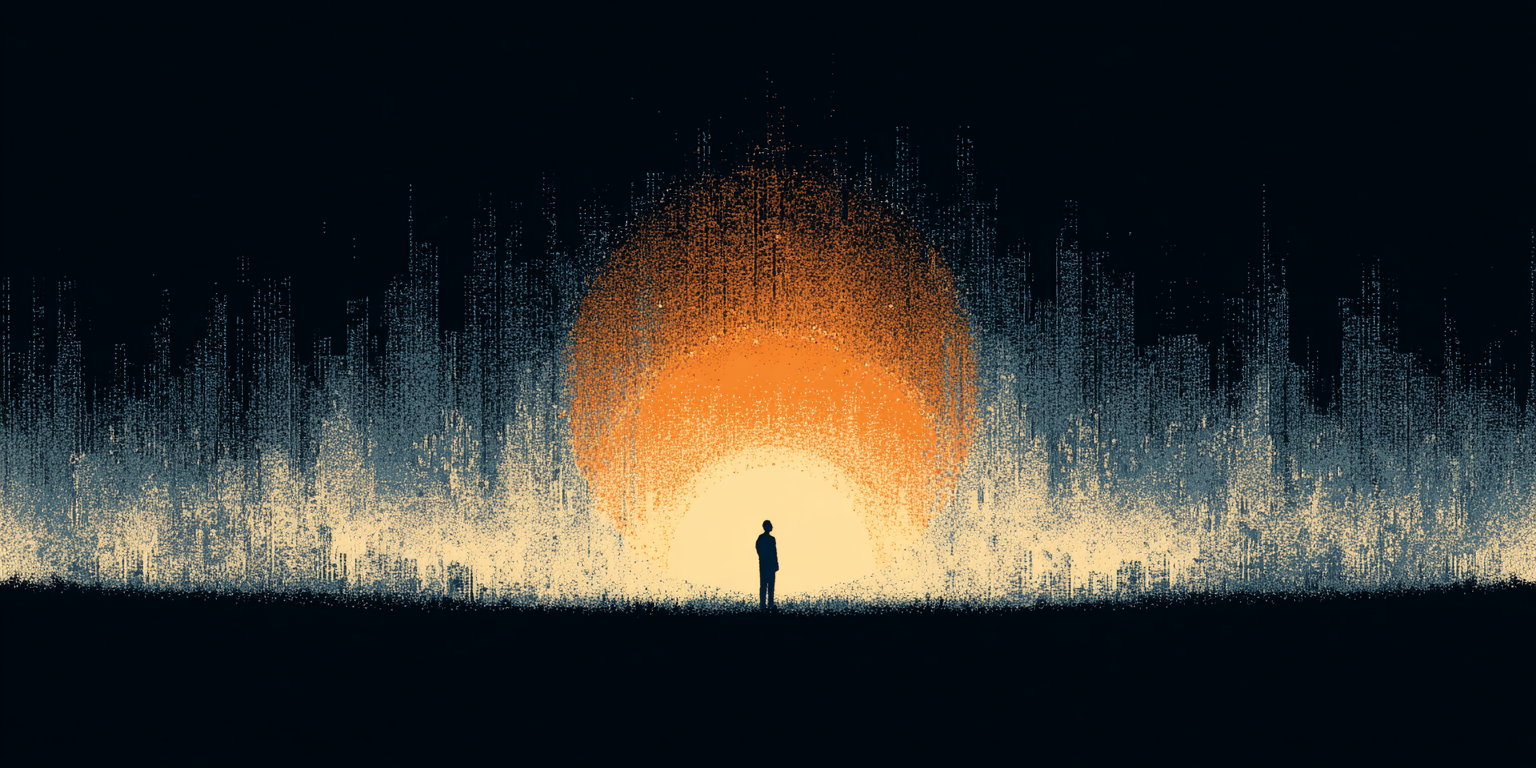Caution: This is a post for those wanting a more geeky understanding of my kit!
ProductionCube®
The heart of my live streaming operation. Housed in a Gator 8U Rolling Case we have;
Monitors
The top 1U (This refers to a 1 unit rack which a de-facto standard height of 4.5cm) has a 17.3″ Seetec Pull Out Monitor with HDMI (Consumer audio/video connector) & SDI (Professional audio/video connector) inputs.
- HDMI – Output from the onboard 4-Port KVM Switch.
- SDI – Output #1 (of 4) from the onboard ATEM SDI Extreme Iso switcher – The output loops to an output port on the ProductionCube®.
The next 2Us have a Feelworld Triple Monitor that has both HDMI & SDI inputs.
- HDMI #1 – Zoombie #1 (the onboard PC detailed below) cloud call monitor output that is looped fed to Input #1 of the onboard ATEM HDMI Pro.
- SDI #1 – Output #2 from SDI ATEM – The output loops to an output port on the ProductionCube®.
- HDMI #2 – Zoombie #2 cloud call monitor output, also looped to Input #2 of the HDMI ATEM.
- SDI #2 – Output #3 from SDI ATEM – The output loops to an SDI Capture Card to act as a webcam for Zoombie #1’s cloud calls.
- HDMI #3 – Video/graphics monitor output from Zoombie #1, again looped to SDI ATEM Input #7 but via a HDMI->SDI Converter.
- SDI #3 – Output #4 from SDI ATEM – The output loops to an output port on the ProductionCube®.
Power Supply
The 1U Power Conditioner sits beneath the pull out monitor but at the rear (“behind” the triple monitor at the front) and supplies “clean power” to everything onboard. This is important to reduce audio interference to the various onboard components.
The power conditioner itself is plugged into a UPS (Uninterrupted Power Supply) that ensures that temporary power surges, drops or outages do not affect the ProductionCube® or the stream itself – essential in the rural environment of Herefordshire in which I find myself!
Zoombie
The onboard Windows™ Intel NUC PC that drives the streaming control software is also used for cloud calls and since the term in the live stream community for computers running the cloud call into a hybrid meeting is a “Zombie Computer” (a laptop whose only purpose is to run as a cloud call participant) I – with my unending wit and humour – have combined this with the name of one of the principal cloud calling platforms to arrive at the term “Zoombie”!
- HDMI #1 – Input #1 to the KVM and used as the main PC display.
- HDMI #2 – Used exclusively for cloud calls.
- HDMI #3 – Used exclusively for video & graphics playback.
The main software it runs is;
- ATEM Control – to configure both ATEMs
- BitFocus Companion – to allow the Streamdeck(s) to control the bulk of operations.
- Cloud call clients;
- Zoom
- Google Meet
- Teams
- Skype
- etc
- OBS Studio – for video & graphic playback.
- H2R Graphics – for graphic playback & title playlist management.
- Draw.io and SketchWOW – for diagramming layouts.
Video Switchers
The real heart of the operation are the Blackmagic Design ATEM Minis. These switchers take in multiple video feeds and enable them to be switched to provide seamless cuts between different video feeds just as you would create if you were editing previously shot footage but in real-time. It is important to distinguish a “switcher” from a “switch” as a HDMI switch for example will allow you to switch the signal but there is a black gap whilst the signals re-establish themselves. A switch can be used to configure things but a switcher is required to create real-time edits.
ATEM Mini Extreme ISO SDI
The main switcher and recording device it takes in the following SDI sources;
- Camera 1 – typically the Canon HF-G25 camcorder.
- Camera 2 – typically the Canon C200 cinema camera.
- Camera 3 – typically the Blackmagic Studio Camera 6K Pro.
- Camera 4 – typically the Canon HF-G25 camcorder.
- Camera 5 – where required this will typically be one of my action cameras (usually the GoPro 5).
- Presentation – to bring in a presentation feed from a presenter’s laptop.
- Video/Titles – Videos and titles are played back from Zoombie 1.
- HDMI ATEM – A second switcher giving additional inputs.
Note: SDI (Serial Digital Interface) is a coax cable that is far more reliable and robust than HDMI (High Definition Multimedia Interface) and has been used in the broadcast industry for years – though it is being replaced with digital networked connections such as NDI & SRT.
This switcher also records the, switched, output programme and can record each input separately allowing for editing of a final programme if required. The programme and input feeds are stored on a Sandisk Extreme Pro 2Tb SSD.
ATEM Mini Pro
An additional switcher that takes in HDMI signals.
- Zoombie 1 – This is one of the displays from the Zoombie 1 NUC PC. Cloud calls are put onto this display full screen and so when the HDMI switcher is set to input 1 and the SDI switcher is set to input 8, then we can see the cloud call on the programme output.
- Zoombie 2 – There is a USB docking station in the ProductionCube® and when a second PC, typically my laptop, is connected to the ProductionCube® it actually connects to the docking station. Input 2 is connected to one of the displays generated by the docking station and can be used for a second and seperate cloud call.
- Camera 6 – Where required this will typically be one of my action cameras (usually the Drift Stealth 2).
- Camera 7 – Where required this will typically be one of my action cameras (usually the Drift Ghost S).
Stream Decks
The Elgato Stream Deck is the main control point for managing the programme. 15 programmable LCD keys that in combination with BitFocus Companion software allow very complex actions to be programmed into single key presses to control all aspects of the live production. One Stream Deck lives “within” the ProductionCube® whilst a second one can be connected via an active USB extension cable and is set up on the tripod carrying the two main cameras. This latter setup means that I can control both the cameras and the stream from the same location.
Audio Interfaces
The ProductionCube® contains two high quality USB audio interfaces, the PreSonus AudioBox Go, one for each Zoombie. This provides audio out (for video playback and cloud call audio, i.e. speaker) and audio in (for cloud call audio, i.e. microphone).
Audio Mixer
Not strictly a part of the ProductionCube® itself but an integral part of its operation is an audio mixer.
Depending on the requirements, either and more generally a Soundcraft Signature 12 MTK analogue mixer or a Zoom F8n Pro 10-track digital recorder mixer handle the audio inputs, whether they be microphones, “house audio”, video/music playback or cloud calls. The audio is then fed into the overall programme & stream through a balanced stereo connection into one of the cameras (usually the BM Studio 6K Pro) which ensures that the audio and video are in full synchronisation.
Headphone Mixer
The most common problem with a live production tends to be with managing the sound rather than the image. There are so many links in the chain to get audio from the source (e.g. someone actually speaking) to the final output (whether that be the programme or the speaker system in the venue). The Behringer MX882 mixer takes its inputs as the headphone outputs from;
- Audio mixer
- ATEM Extreme Pro ISO SDI
- AudioBox Go for Zoombie 1
- AudioBox Go for Zoombie 2
This, plus earphones plugged into the “audio input camera”, typically the BM Studio 6K Pro, means that to trouble shoot audio issues I do not need to plug my headphones out of and into different bits of equipment, I simply use the headphone mixer to monitor the different elements to very quickly determine the issue.
Network Switch
A POE network switch to connect the;
- ATEM SDI
- ATEM HDMI
- Zoombie 1
- Zoombie 2
- Modem
HDMI Matrix Switch
A Neutral 4×4 HDMI Matrix Switch allows me to squeeze additional input and output configurations into the ProductionCube®.
Inputs
- Zoombie 1 cloud call
- Zoombie 2 cloud call
- Additional camera input
- HDMI output feed from SDI ATEM Output #4
Outputs
- Zoombie 1 cloud call -> HDMI ATEM Input #1
- Zoombie 2 cloud call -> HDMI ATEM Input #2
- Available HDMI output
- Available HDMI output
Routing Examples
The matrix switch allows me to reroute the HDMI ins and outs. It is not a switcher and so cannot be used in real-time but it does allow for more flexible configuration.
Extra Camera
By sacrificing the option of a second and seperate cloud call, I can reroute the additional HTML input to input 2 of the HDMI ATEM instead of Zoombie 2. By utilising the presentation input as a camera input this means up to 9 cameras are available without requiring additional hardware.
Cloud Speaker Feed
Where there is a hybrid presenters panel for an event (say 3 in person and 1 online), the physical presenters can be given a monitor that displays the feed from the Zoombie 1 cloud call whilst that feed is also still routed to the HDMI ATEM input 1 and fully switchable in the programme. This enables the physical presenters to feel the presence of their virtual colleague.
Additional Programme Output
The main programme output could be fed to screens in the auditorium and also to an additional monitor elsewhere.





